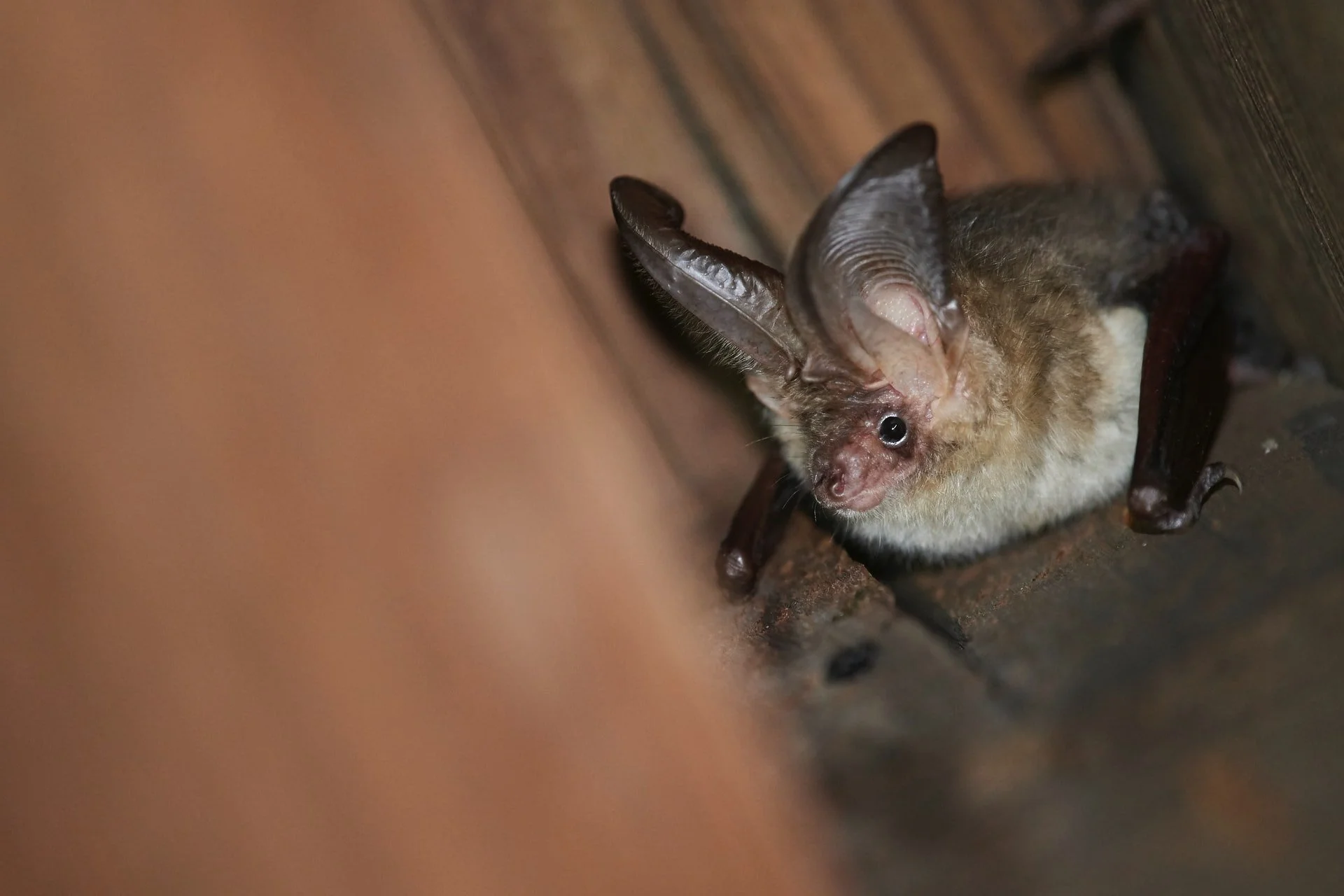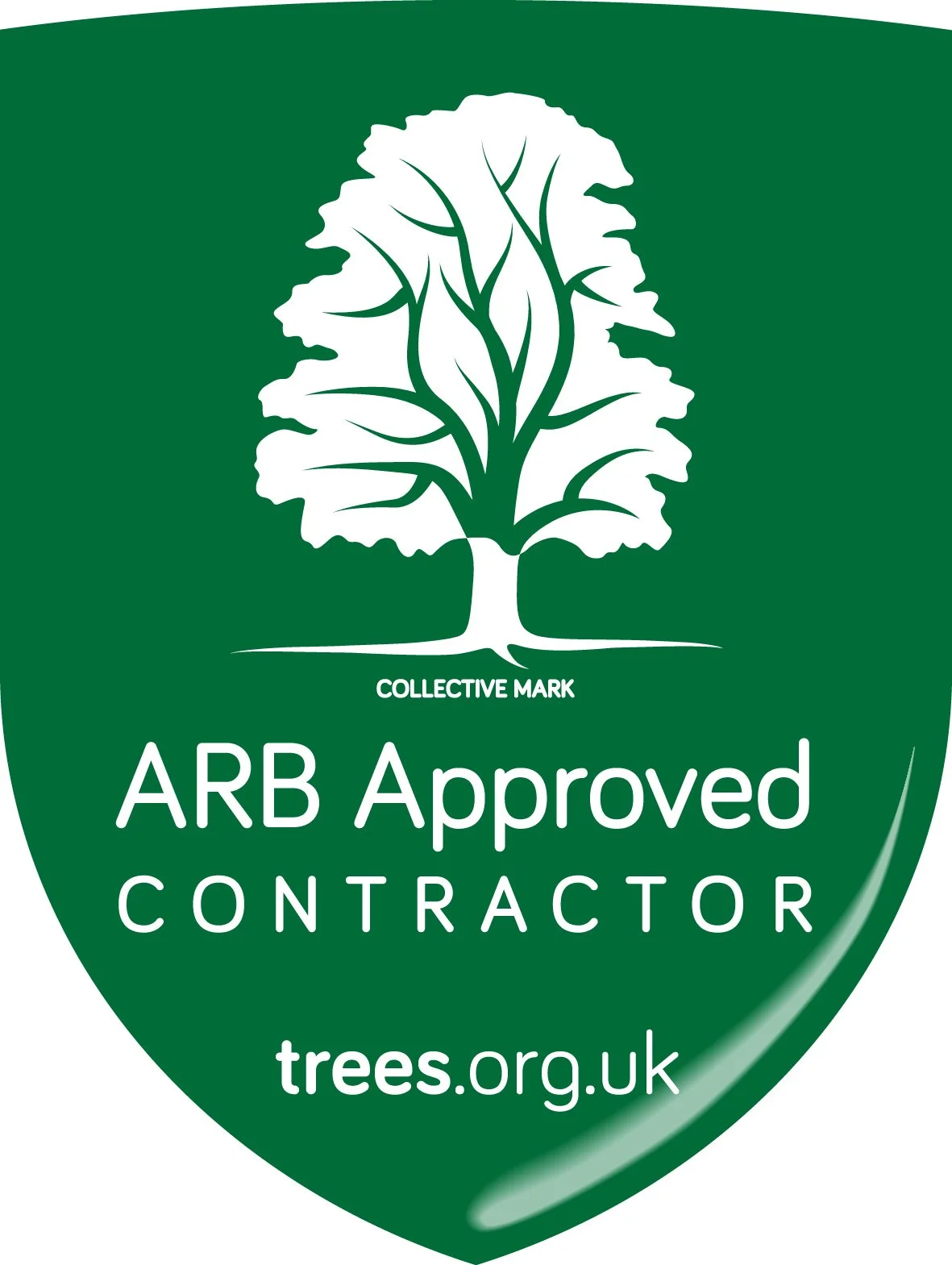Did you know that before starting any job both our contracts manager and our team on the day will assess your trees and the surrounding area for wildlife? As well as keeping an eye out for nesting birds, we also look for habitat that might be used by hedgehogs, dormice and bats, amongst other creatures, and this is factored into our work plans. Recently, our lead climber Ben discovered an active bat roost in a tree whilst performing this assessment; it’s been a long time since we’ve come across any bats, and it prompted us to put together a little information on bats in Devon and the ways tree surgeons respond to them.
The Common Noctule bat.
Photo by Kamran Safi, 18/09/2017
Devon is a rich haven for bats - of the 18 species known to live in the UK, 16 of them have been found here, from the tiny Pipistrelle to our largest species, the Noctule. All bats, their roosts and their breeding sites are protected and it is a crime to harm or disturb them. Despite this protection, bat numbers are in decline across the board, something largely assumed to be due to the gradual destruction of their natural habitat. Bats look for dry, sheltered spots to roost in, from attics to caves to hollow trees and even hollow limbs on healthy trees. They are an important part of our ecosystem and a good indicator of a healthy level of biodiversity as they feed off of a variety of insects and are only found where there is adequate food for them to survive.
Holes like these in trees can be an indicator for bats.
Photo by Donna McL, 9/12/2021
When we look for signs of bats on site, we begin pre-emptively by considering whether any of the trees show potential as a bat roost, for example due to their state of decay or because of any interesting cavities they might have. If we can identify any likely trees we then check the tree individually, looking for any signs of bat activity like droppings or stains. Active bat roosts also often have a notable animal smell which will become much more obvious when the roost is approached. If we believe there are bats, or if we simply think that there might be a very strong likelihood of bats, we will delay any works until we have a plan to move forward. Can we achieve our client’s objectives without harming bats or disturbing roosts? We work closely with a number of well known ecological practises and if necessary we will call in a licensed bat handler or ecologist to advise further.
In the vast majority of cases, if bats are found they are left in peace. Very unusually, and only if their roost tree is actively dangerous, a technique known as soft felling may be used. This entails a careful and very gradual dismantling of the tree, with each section being inspected by an ecologist and any bats found being carefully and professionally relocated to a safer site. Ninety nine times out of a hundred, though, the bats are left undisturbed.
Bat boxes in a tree plantation, an area bats would not otherwise be able to normally find a roost in.
Photo by Andrew Ridley, 18/2/2019
You can help provide habitat and food for bats, even if you only have a small back garden! Planting a variety of insect attracting plants is a great way to boost their food resources, as is having a pond or small water feature in your garden, as this also attracts the kind of insects bats like to eat. If you have a larger garden or even woodlands, you can go further by installing bat boxes on suitable trees and if you have any trees which have cavities or have died but are at a safe difference from any property you can leave these in situ and provide a completely natural home for any bats that might be around. Dead and decaying trees are also extremely valuable habitats for a huge range of other creatures and can help turn your woods into a haven for local wildlife.
There are a number of ways you can get involved with supporting these wonderful, unique and increasingly rare animals. If you would like to learn more about bats, and especially about bats in Devon, we would recommend looking into the Devon Bat Group as well as the Bat Conservation Trust. Both groups work to protect and conserve bats as well as to educate the general public and run regular events and meet ups. If you have any queries regarding bats and trees in your garden or in your woodlands, or if you have any questions regarding bats and tree surgery, you are welcome to contact us and we will be happy to help.
The Brown Long-Eared Bat, another of Devon’s resident species.
Photo by Nils Bouillard, 5/1/2021






